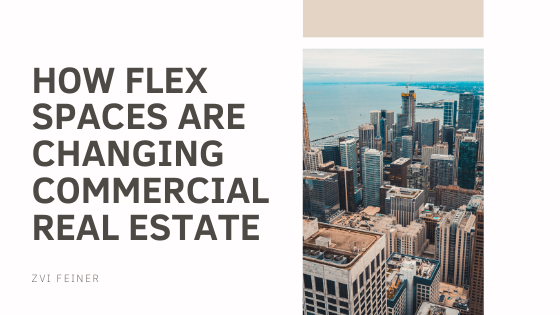There are always stories about how businesses get started in someone’s garage, basement or apartment, but you don’t always hear about the length of time or the specifics of what it took for them to rent their first office space. For a long time, this process usually took a huge financial commitment on the part of a business owner from having to agree to rent out space for years, and in many cases needing a large immediate investment. But things have started to change now with co-working and flex office spaces taking over the landscape, especially in large cities. Why is this?
Understanding the Differences Between Flex Office Space and Co-working Space
Much of the old ways of leasing office space have been replaced by co-working spaces, or turnkey offices otherwise known as flex office space. These two kinds of office spaces can overlap to some degree, and some leasing organizations will offer both co-working and turnkey space. Generally the difference is that co-working spaces tend to do away with offices in general, and tenants tend to use open lounge type spaces such as long tables, round tables, or sofas and interaction tends to happen very frequently in these spaces. Usually the idea behind co-working spaces is to give freelancers and startups a place that allows them to network and overcome some of the disadvantages of working from home.
Flex office spaces on the other hand are actual offices that businesses can rent on demand. They could be already furnished and have certain amenities like wi-fi or office equipment already installed on the property, although even if they don’t they’re usually setup for a quick move-in. Some flex office space properties may market themselves to specific industries, but it’s not uncommon to see businesses from a diverse range of industries using them.
Other Reasons Flex Office Space is Used
The primary reason businesses like flex office spaces is that they usually come with lower initial costs and flexible leases. The initial deposits are usually smaller, and leases can be month to month. And on top of that, there’s usually scalability options for when new office spaces within the property may need to be added later. And some of the overhead costs such as utilities are included within the monthly rent and don’t need a separate investment.
Companies Who Use Flex Office Space
Typically fortune 500 companies and certain Silicon Valley IT based companies find flex offices to be most beneficial, but many entertainment producers and filmmakers also use them in Hollywood. Basically, just about any new business that could thrive outside the normal office setting could find a flex office attractive. Even older companies that have long used the old office settings have started realizing the value of flex offices for employee growth and improved morale.

